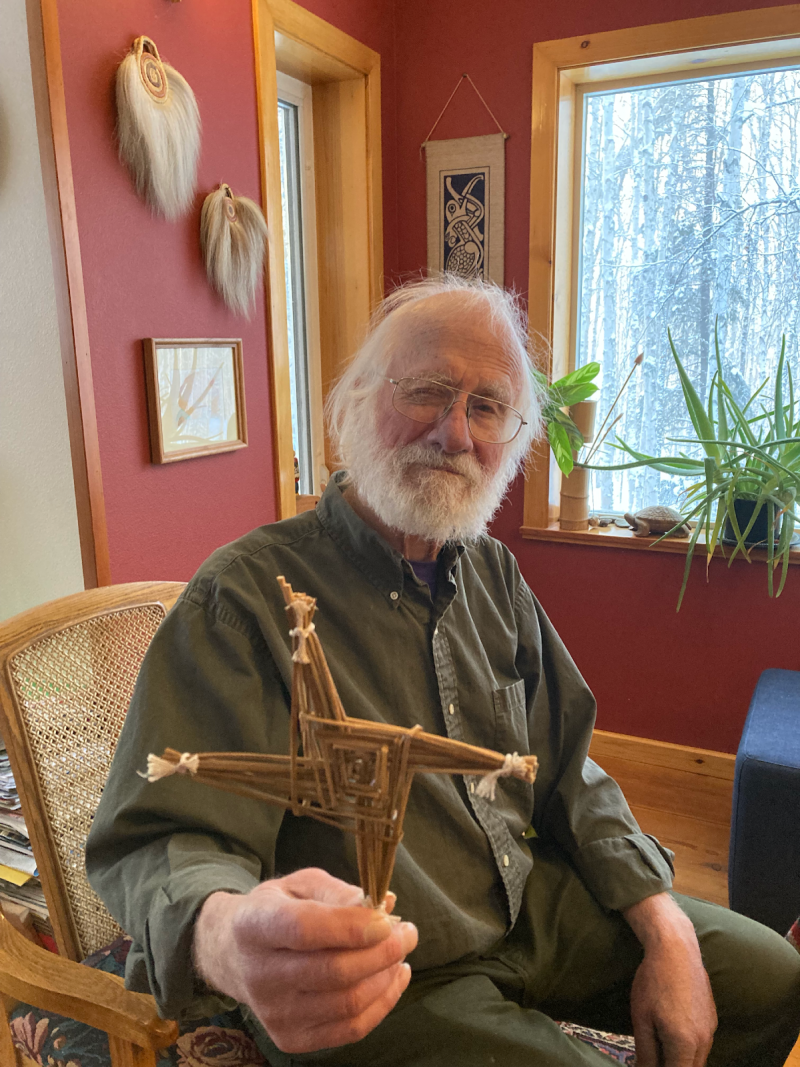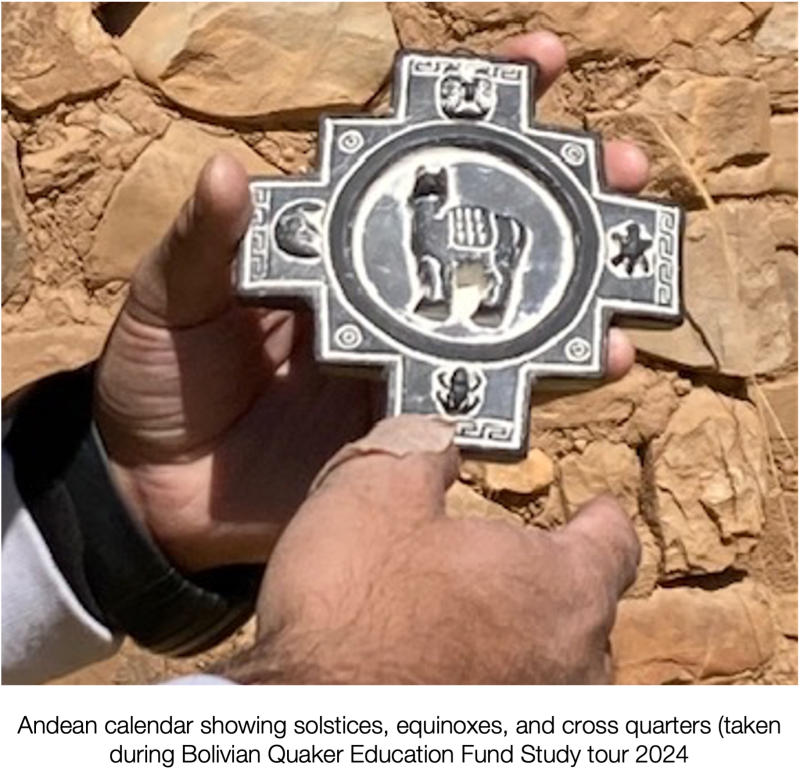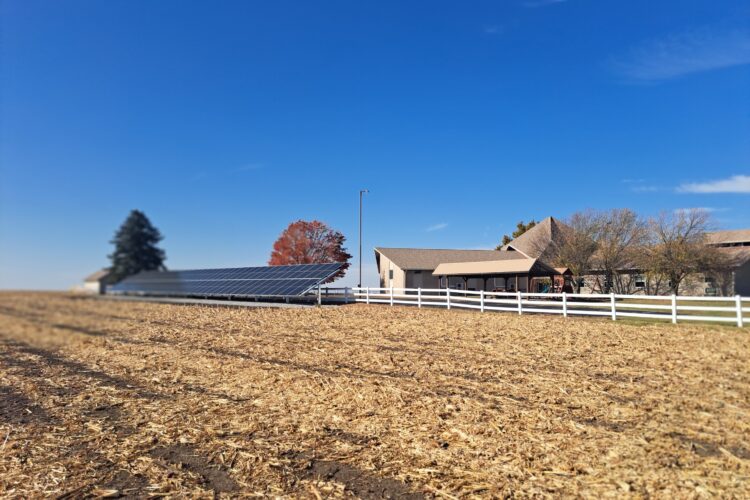Imbolc

by Charley Basham
Imbolc is the Celtic traditional celebration of the halfway point between Winter Solstice and Spring Equinox. The name comes from the Gaelic “oimelc,” which means “in the belly of the mother,” and it is associated with the lactation of ewes. It also connotes the seeds of spring beginning to stir in the belly of mother Earth.
I first learned about Imbolc when my husband and I were serving as Friends in Residence during Winter Term at Pendle Hill in 2010. I believe it was a British Friend there who introduced the idea of celebrating this day. Unlike at our home in Alaska, where early February is still winter, the early signs of Spring appeared right on schedule in Philadelphia. I was delighted to see snowdrops, those little flowers that pushed their way right through the snow on February 2nd. The Friend showed us how to gather reeds from the overgrown labyrinth on campus to make St. Brigid’s crosses (see illustration).
While we don’t see flowers showing up in February in Interior Alaska, we do appreciate the increasing sunlight (the amount of daylight doubles from the beginning of January to the beginning of February) and we experience a sense of reawakening.
As with many other earth-based celebrations, the Christian church kept the date for Imbolc but changed its name and meaning to Candlemas. Lighting candles at this time is part of the tradition, both relating to its origin with the element of fire and to the symbolism of Christ as Light of the world.
What does Imbolc mean for us now? It is a time of renewal and new beginnings. At QEW we are nurturing nature’s awakening spirit. We are experiencing the stirrings of new life, with seeds being planted for developing relationships with other Quaker organizations, such as the EarthQuaker Action Map.


